The quest for the perfect caffeine kick is a never-ending adventure in a world buzzing with coffee culture. Amid the aromatic clouds of possibilities, two titans have emerged as favorites: cold brew and espresso. But which of these coffee concoctions packs the mightier punch?
In this deep dive into the world of coffee, we’ll break down the essence of coffee strength, explore the realms of cold brew and espresso, and ultimately help you choose the best-caffeinated companion for your taste buds.
Understanding the Strength of Coffee
Let’s grasp what makes coffee strong before we embark on our cold brew vs. espresso showdown. Strength in coffee isn’t just about the jolt it delivers; it’s a nuanced blend of factors. Defining coffee strength involves the concentration of dissolved solids in the brew. These solids include the precious coffee compounds that tantalize our senses.
The role of coffee beans is pivotal. Bean types, roast levels, and the fineness of coffee grounds all play a part in determining the strength of your cup. Extraction methods are where the magic happens. Brewing time, temperature, and the water-to-coffee ratio are the conductors of this flavorful symphony.
Measuring strength – we often use the term ‘strength’ without truly understanding it. It’s like using “love” to describe our feelings for coffee and our favorite Netflix series – a catch-all word that doesn’t quite capture the nuances. That’s where Total Dissolved Solids (TDS) swoop in, ready to demystify the concept of coffee strength scientifically and precisely.
What Exactly Are Total Dissolved Solids (TDS)?
TDS is a term that might sound like something out of a chemistry textbook, but it’s a concept that can significantly enhance our understanding of coffee strength. In essence, TDS refers to all the solid compounds dissolved in your coffee brew, which gives your coffee its flavor, aroma, and, yes, strength.
Imagine TDS as the cast of characters in your coffee drama. They include everything from coffee solubles (like caffeine, acids, and sugars) to minerals and even some undissolved particles. Together, these compounds create the symphony of flavors and textures you experience with every sip.
Cold Brew: The Gentle Giant
Imagine a coffee so chill it’s practically horizontal. That’s cold brew for you. It’s the mellowest member of the coffee family, created through a patient steeping process. Cold brew strength factors include bean selection, grind size, steeping time, temperature, and whether to dilute it with water or milk.
Cold brew’s flavor profile is like the gentle strumming of an acoustic guitar. Smooth, low on bitterness, and carrying the subtle sweetness of coffee.
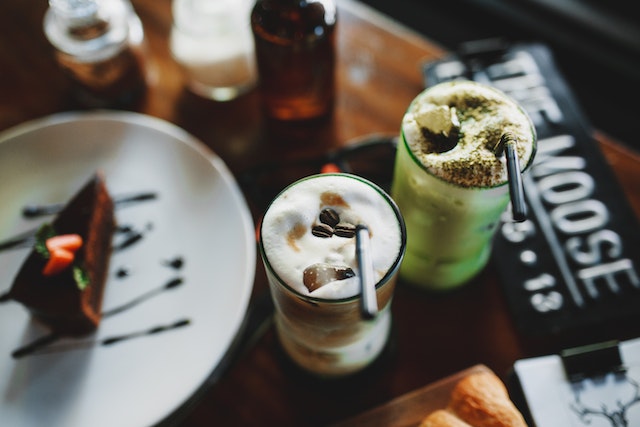
The caffeine content in cold brew isn’t the knockout punch you might expect. It’s lower than espresso, but that’s part of its charm.
What are the advantages of cold brew? Reduced bitterness, versatility in serving (iced or hot), and a lower acidity level that makes it easier on the stomach. It’s the coffee equivalent of a soothing lullaby on a sunny afternoon.
Espresso: The Espresso-ly Strong Shot
Now, meet the espresso – the Italian stallion of the coffee world, delivering an espresso-ly strong shot of caffeine. It’s a concentrated coffee shot brewed by forcing hot water through finely ground coffee beans.
Espresso strength factors are the blend of beans, the pressure applied, and the extraction time. It’s like a precision dance.
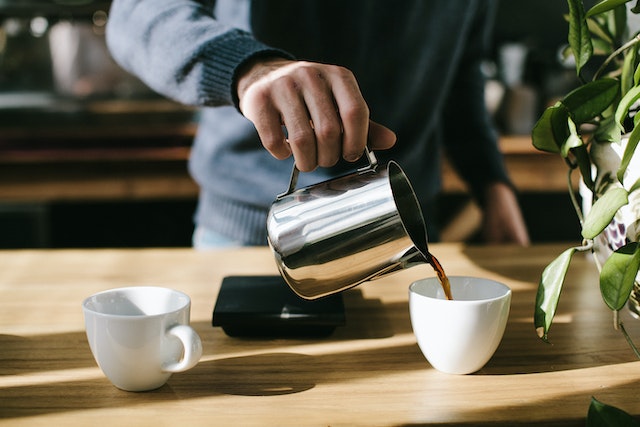
Espresso’s flavor profile is like a full-on rock concert for your taste buds. Bold, intense, and oozing with coffee flavor.
The caffeine content in espresso is where it flexes its muscles. It’s the heavyweight champ of caffeine content in the coffee world. It’s all about that bold and concentrated flavor, versatility in crafting various coffee beverages, and lightning-fast preparation time. Espresso is the coffee superhero saving you from the mundane.
Comparing Cold Brew and Espresso
Now that we’ve introduced our contenders let the coffee showdown begin. In one corner, we have cold brew, the chilled and patient brewer known for its smoothness and subtlety. In the other corner, we find espresso, the bold and intense shot, serving up intensity and boldness on a platter. It’s a battle of brewing styles, caffeine content, flavor profiles, and versatility.
Let’s dive into the ultimate coffee clash!
Defining Strength in Each
Imagine a calm, moonlit night by the ocean, where the waves gently caress the shore. That’s the kind of smoothness and subtlety that cold brew brings. It’s not about overwhelming your senses; it’s about seducing them with a mellow, almost soothing coffee experience.
Espresso: Now picture yourself in a bustling city square, surrounded by the noise, the energy, and the rush of life. That’s espresso – an intense, bold, and in-your-face coffee shot that demands your attention. It’s like a flavorful punch to the taste buds, waking your senses instantly.
Caffeine Content Comparison
Regarding caffeine content, espresso takes the crown without a doubt. It’s the express train to alertness, packing roughly double the caffeine content of cold brew. If you’re looking for that swift kick in the morning, espresso is your go-to. However, cold brew has your back if you prefer a milder, drawn-out caffeine release.
Flavor and Aroma Profiles
Cold brew is the poet of the coffee world, whispering sweet nothings to your taste buds. Its flavor profile is characterized by gentle notes of chocolate, nuts, and a hint of fruitiness. The aroma is like a fragrant breeze on a warm summer day, inviting you to savor the moment.
Espresso, on the other hand, is the rock star. It shouts bold proclamations with its rich and robust flavor. You’ll taste the deep, earthy notes, the pleasant bitterness, and a delightful layer of crema. The aroma is a bold declaration of coffee excellence that fills the room with its presence.
Brewing Methods and Equipment
Cold brew is your patient friend, steeping slowly over an extended period (typically 12-24 hours) in cold water. It’s a low-maintenance process that doesn’t require fancy equipment. A simple mason jar or a dedicated cold brew pitcher will do the trick.
Espresso is the speedster of the coffee world, whipping up a shot in seconds. It relies on high pressure, finely ground coffee, and precise temperature control. You’ll need an espresso machine or a good-quality espresso maker to brew it at its finest. It’s a bit more high-maintenance, but oh, so worth it for coffee aficionados.
Versatility and Popular Recipes
Cold brew plays well with others. It’s like an affable friend who can mingle effortlessly at any party. You can use it as a base for various recipes, including iced coffee, coffee cocktails, and even desserts. Cold brew’s mild, less acidic nature makes it a versatile ingredient in your culinary arsenal.
Espresso is the backbone of many beloved coffee classics. It’s the canvas upon which lattes, cappuccinos, and Americanos are created. If you’re a fan of these espresso-based beverages, having an espresso machine is like having your coffee bar at home. Espresso also has a fan base who appreciate its pure, unadulterated form.
So, it all comes down to your preferences and the coffee experience you seek. Do you crave a tranquil coffee journey with gentle flavors and a slower caffeine release? Cold brew has your back. Or do you need a quick, intense pick-me-up with a bold flavor profile? Espresso is your trusty companion.
Choosing Your Caffeine Fix
Now that you’re well-acquainted with our contenders, how do you choose your caffeine fix?
When to Choose Cold Brew
Picture this: It’s a scorching summer day, and the sun is beating down relentlessly. You yearn for a caffeine kick, but the thought of a heavy, intense brew leaves you feeling overheated. That’s when you should opt for cold brew. It’s like sipping on a cool breeze, offering refreshment with a mild caffeine kick.
Cold brew is also your go-to if you prefer a coffee experience that’s easy on the acidity and bitterness. Its slow and gentle extraction process results in a smoother and less aggressive brew on your palate. So, cold brew is your best friend when you’re in the mood for a laid-back coffee adventure.
When to Choose Espresso
Now, imagine a different scenario: You’re facing a hectic morning and need to jumpstart your day with an explosion of energy and flavor. That’s when you reach for espresso. It’s the rocket fuel for your day, packing an intense caffeine punch and a bold coffee flavor to kick your senses into gear.
Espresso is also the choice when you’re in the mood for coffee classics like lattes, cappuccinos, or Americanos. Its strong and concentrated nature makes it the perfect base for these beloved beverages. When time is of the essence, and you need that quick caffeine fix, espresso is your trusty companion.
The Middle Ground: Cold Brew Espresso
But wait, what if you can’t decide? What if you want the best of both worlds – espresso’s strength and cold brew’s smoothness? Enter the middle ground: Cold brew espresso. This delightful concoction is the ultimate balance between strength and subtlety.
To create a cold brew espresso, simply mix your cold brew concentrate with a shot of espresso. The result is a harmonious blend that offers a caffeine kick with a touch of elegance. It’s the yin and yang of coffee, where intensity meets gentleness in a single cup.
Wrapping Up
In the battle of cold brew vs. espresso, the strength of coffee ultimately lies in your hands. It’s not about one being definitively better than the other; it’s about your preferences and the experience you seek.
Cold brew offers a gentle, refreshing journey with reduced bitterness and versatility. Conversely, espresso is the bold, intense shot that propels you through the day. And if you can’t choose, there’s always the tantalizing middle ground: the cold brew espresso.
So, next time you’re pondering your caffeine fix, consider the nuances of strength and flavor and let your taste buds embark on a delightful adventure through coffee. Embrace the rich and diverse coffee landscape, and may your cup be brimming with the perfect brew.
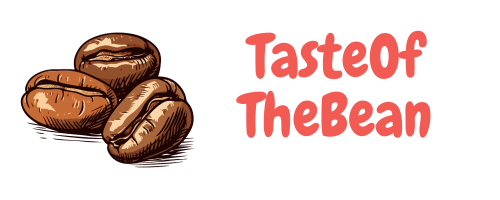

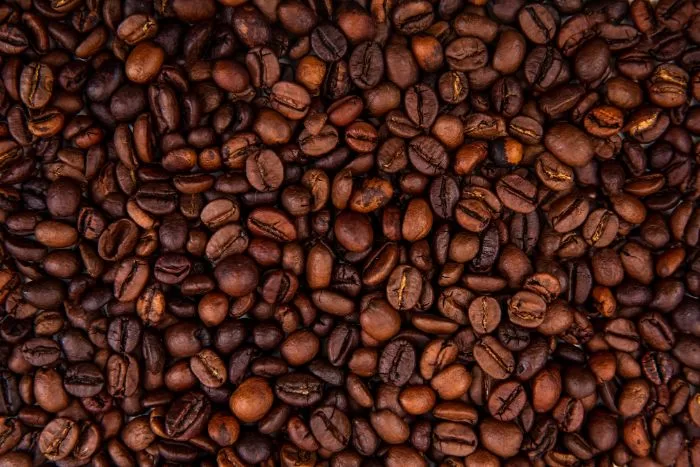

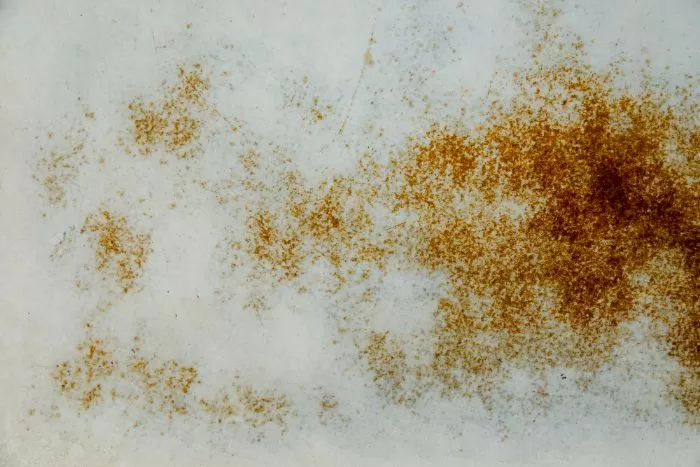
Leave a Reply